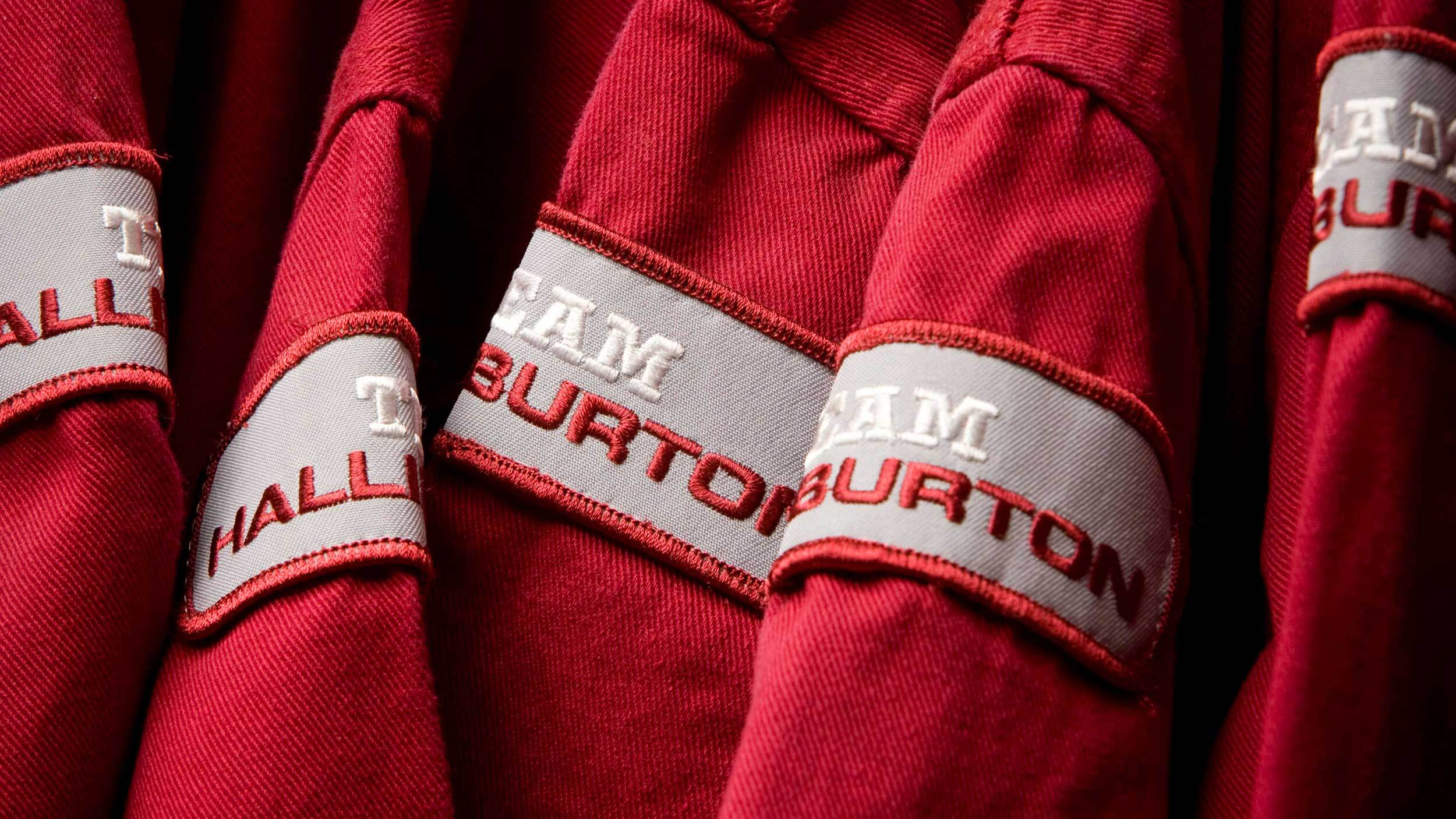 Search
Search
 Search
Search

BaraStream® waste management system facilitates uninterrupted drilling operations in first install for Brazil
Download PDFDeepwater

Handle and store oil-based drill cuttings

Offshore

Brazilian regulations impose strict limitations on drilling waste disposal. They prohibit the discharge of cuttings in specific areas due to the presence of coral reefs. These zones are designated as zero discharge areas. With a previous equipment setup, water was used to assist in the transportation of oil-based mud cuttings that had been dried with a cuttings dryer. This reduced the onboard cuttings handling capacity.
Brazilian operations have restrictions on the discharge of oil-based cuttings due to the presence of coral reefs. The operator faced high costs for the management of cuttings prior to final disposal. Operators collect and store all cuttings on the rig and then transfer them to supply vessels. Cuttings are then transported to an approved discharge location. Previous handling and storage operations on the rig used high volumes of water to support the cuttings transfer. This process increased the waste volume and reduced the onboard storage capacity for drill cuttings. This increased supply vessel demand due to the reduced quantity of cuttings able to be stored in supply vessel tanks.
Baroid installed an integrated BaraG-Force™ vertical cuttings dryer and BaraStream® waste management system customized to meet the operator’s requirements for enhancing drilling performance. The operator’s focus: rate of penetration (ROP) and offshore rig storage capacity. Halliburton installed:
Saved with optimization of supply vessel
Meters drilled in two days
m/per hour ROP before BaraStream
m/per hour ROP after BaraStream
The customized setup enabled the efficient transfer of dry cuttings from the vertical cuttings dryers (VCDs) to the HCB™ tanks. This enhanced the handling capacity and improved drilling performance. It was the first implementation of such a setup for VCD-dried cuttings handling in Brazil.
Cuttings storage capacity in the HCB™ tanks increased from 65 m drilled per tank to 126 m per tank during 13.35-in. phases compared with the previous installation and procedures used. This optimization enhanced drilling continuity and improved supply vessel management.
BaraStream® helped reduce the number of supply vessels from two to one, with each vessel having more than 1,200 bbls of storage capacity.
The operator in Brazil previously used water to facilitate pneumatic transportation of the cuttings from the VCDs to the storage tanks, with water ratios ranging from 30% to 50%. Once Halliburton implemented its BaraStream® system, the operation transitioned to handling 100% dry cuttings with zero water consumption. This was achieved through the integration of the VCDs with the BaraStream® system and the unique capabilities of the SV400 pneumatic cuttings pump and the honeycomb base tanks (HCB™). The HCB™ tanks allow for efficient transportation of dried cuttings, optimized efficiency, and the mitigation of added water.
Aside from the improved efficiency of cuttings transportation, storage, and disposal, a record drilling rate was achieved with approximately 1,200 m drilled in two days, with an average rate of penetration (ROP) of 32.3 m/per hour (compared to 26.77 m/per hour in previous operations) and peak rates of 50 m/per hour.

We carefully plan each waste management solution according to local conditions to maximize drilling efficiency.
